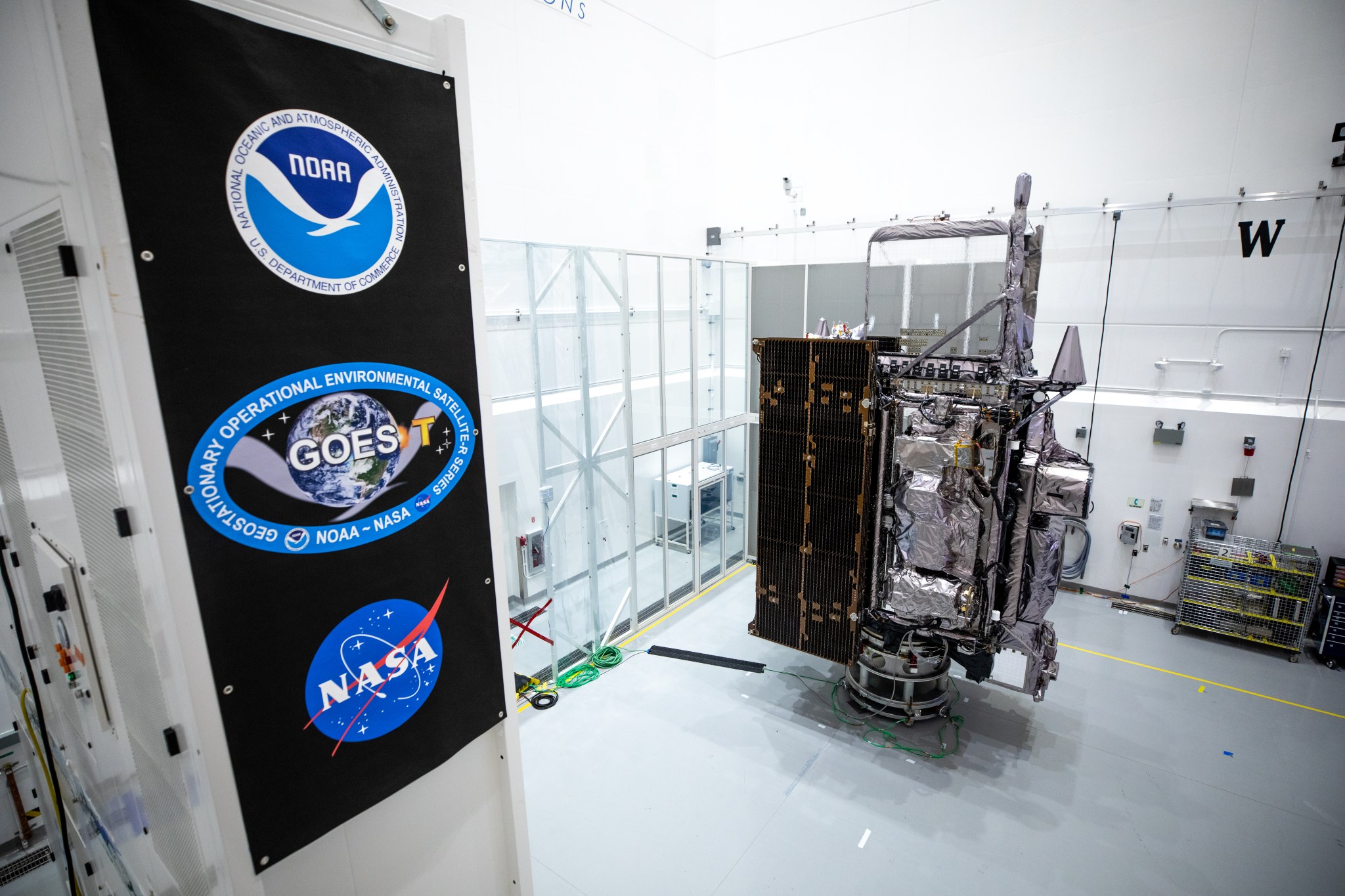Editor’s note: This is the fifth in a series of six features introducing you to members of NASA’s Launch Services Program (LSP) team at Kennedy Space Center in Florida who are part of the GOES-T mission. The features will run weekly through March 1.
By Jason Costa
NASA’s Kennedy Space Center
The National Oceanic and Atmospheric Administration’s (NOAA) Geostationary Operational Environmental Satellite T (GOES-T) satellite is the third satellite in the GOES-R Series, the Western Hemisphere’s most advanced weather observing and environmental monitoring system. GOES-T will provide advanced imagery and atmospheric measurements, real-time mapping of lightning activity, and monitoring of space weather.
GOES-T is scheduled to launch March 1, 2022, on a United Launch Alliance Atlas V 541 rocket from Space Launch Complex-41 at Cape Canaveral Space Force Station in Florida. NASA’s Launch Services Program (LSP), based at Kennedy Space Center, is managing the launch. Meet one of the key members of the LSP team:
Name: Cesar Marin
What is your official title? Mission Integration Engineer
What excites you about this science mission? GOES-T is super exciting to me because the impact and scientific value that this mission provides, such as higher resolution images, earlier warnings against tornados and severe weather, more data per hour – the list goes on. Weather forecasting has greatly benefitted from these new GOES spacecraft, which have been demonstrated already via the GOES-R and GOES-S satellites presently on orbit.
What are your job responsibilities? I am responsible for the mission design and integration of the spacecraft to its launch vehicle. I lead a combined team composed of Launch Services Program (LSP) system engineers and analysts, launch vehicle contractor personnel, and spacecraft personnel. We work to meet all mission requirements while integrating the spacecraft to the launch vehicle. This includes conducting mission design reviews and analyses, supporting and approving spacecraft encapsulation and spacecraft to launch vehicle mate, as well as supporting the various launch campaign reviews and operations that end with the spacecraft’s successful launch and placement into orbit.
What is your role on GOES-T, and how will your efforts contribute to its success?
On the GOES-T mission, I perform my duties as mission integration manager and ensure that all planned requirements, tasks, analyses, design reviews, and contract deliverables are technically correct and on time to properly support the mission.
How long have you worked at Kennedy Space Center/NASA? How long for LSP? I have worked at Kennedy Space Center since 1991 in different roles for Lockheed Martin, United Launch Alliance, and NASA, mainly as a systems engineer and project engineer. I have been with LSP for the past 10 years.
What degree did you earn and why were you interested in that subject? I received a Bachelor of Science degree in aeronautical engineering from California Polytechnic State University in San Luis Obispo, California, and a master’s degree in business administration from University of Central Florida in Orlando, Florida. Ever since I can remember, I have been interested in aerospace and my career choices reflect that. I joined the Air Force straight out of high school and started working at Kennedy as soon as I graduated from college.
Where do you live, and what do you like to do outside work? I grew up in Colombia, South America, and I now live in Viera, Florida. My favorite hobby is traveling, followed by hiking, music, and photography.
Provide a fun fact about yourself: I have traveled to 23 countries around the world.




























